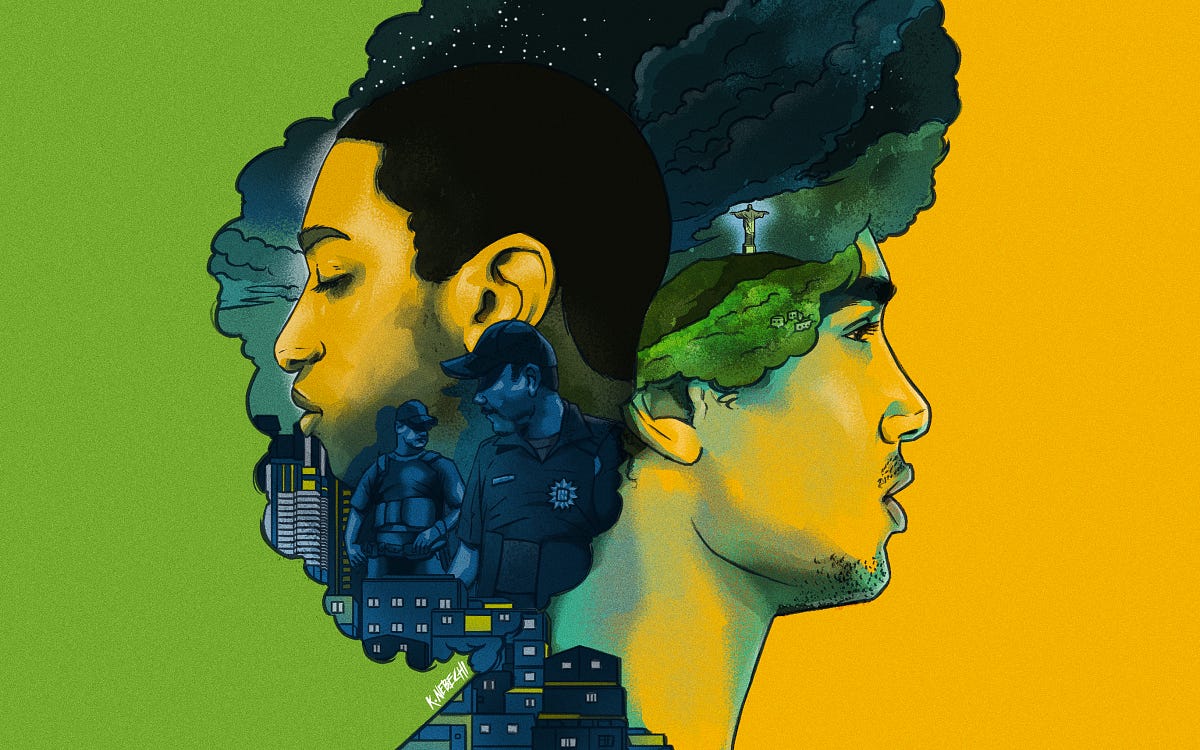
THE ULTIMATE GUIDE TO BLACK MEN’S HAIR
Your Hairstyle Can Cost You Your Life In Brazil
by KiratianaBrazil’s Black hair revolution continues — despite increased danger of police violence
Diego loved his strawberry-blond tapered Afro. In the 16-year-old boy’s hometown in Brazil, the hairstyle is referred to as a “Black power” (pronounced “Blackee power”), named for the political movement that made it popular. For Diego, it was a badge of Blackness that he wore with pride. The attention it attracted from the opposite sex didn’t hurt either.
But Diego’s feelings toward his hairstyle changed on a Sunday in early February. As he was walking a friend home in his neighborhood in Salvador, an impoverished, predominantly Black city in Northeast Brazil, a policeman approached Diego. This was an abordagem — a stop-and-frisk. While that’s an all-too-common experience for Black Brazilian men, the graphic nature of this particular incident was caught on camera.
Without any provocation, a Black policeman pushed Diego into a wall and began hitting and kicking him. “You are a thief to me,” the officer said in Portuguese. “You are a bum! With that disgrace of hair. Take [the hat] off. Go! This disgraceful hair here. What are you? Are you a hard worker or a faggot? Is this what you are?”
It hurts to keep seeing the dirty looks that you get when you have an Afro, or when you have designs in your hair. I don’t want to live with this fear… I can be stylish with blond hair and not be a gangster.” — Anderson Mulatho
The clip, recorded by an unknown videographer, quickly went viral, spread by activists to highlight the racism and police brutality that runs rampant in Brazilian communities like this one. The profiling of wearers of politicized hairstyles has long been believed to exist, but it had never been verbalized so explicitly, or enforced so brutally, as on the video.
Following the incident, Diego gave only one interview, in which he uttered a sentiment that is rarely heard in Brazilian media: “I really like my hair. It’s beautiful.” But his pride couldn’t overcome his fear. “I no longer feel comfortable wearing [a Black power],” said Diego, who has not disclosed his last name due to safety concerns. “I’m gonna cut my hair.”
Nearly a week after Diego’s attack, some of Salvador’s most progressive Black activists organized a protest called Black Não é Crime, Meu Cabelo é Minha Raiz (Wearing an Afro Is Not a Crime, My Hair is My Ancestry). More than 150 young Afro-Brazilians gathered in front of Salvador’s downtown military police headquarters to share poetry, music, and rhetoric. All of them wore baby locs, high-top fades, or small ’fros; only the policemen, who looked on, sported buzzed low cuts.
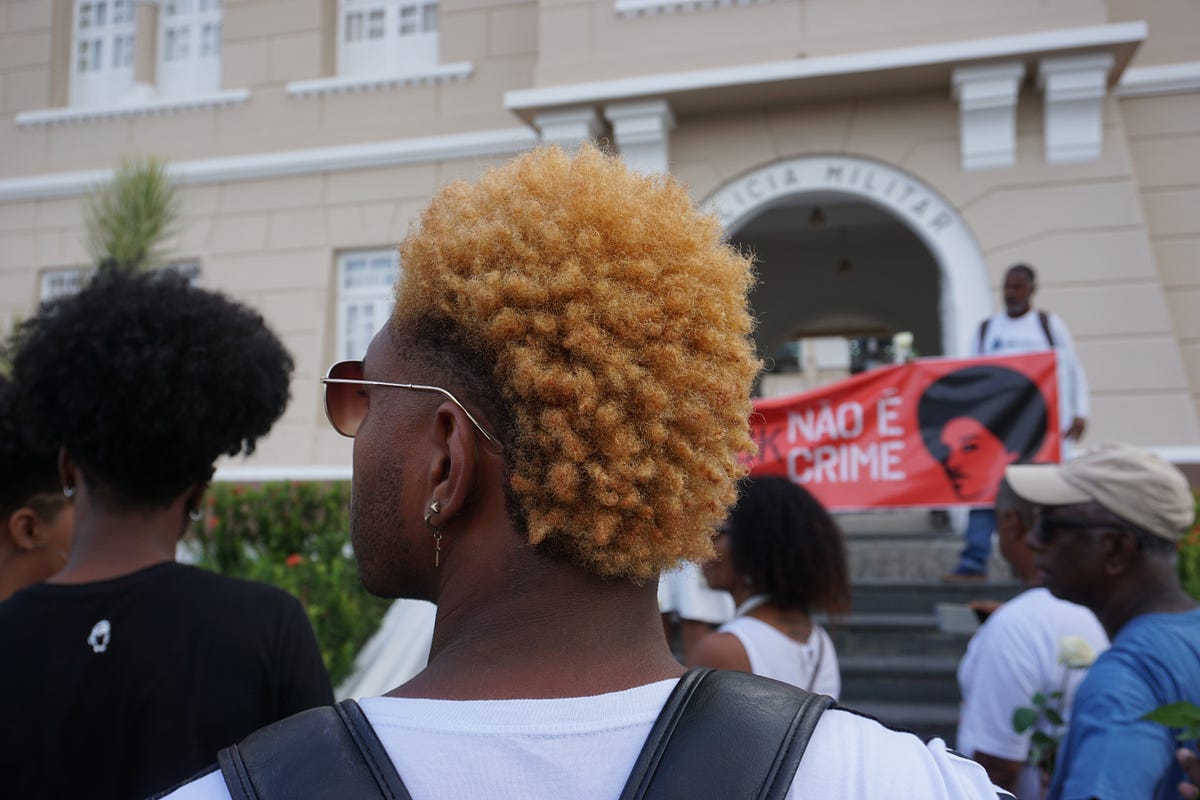
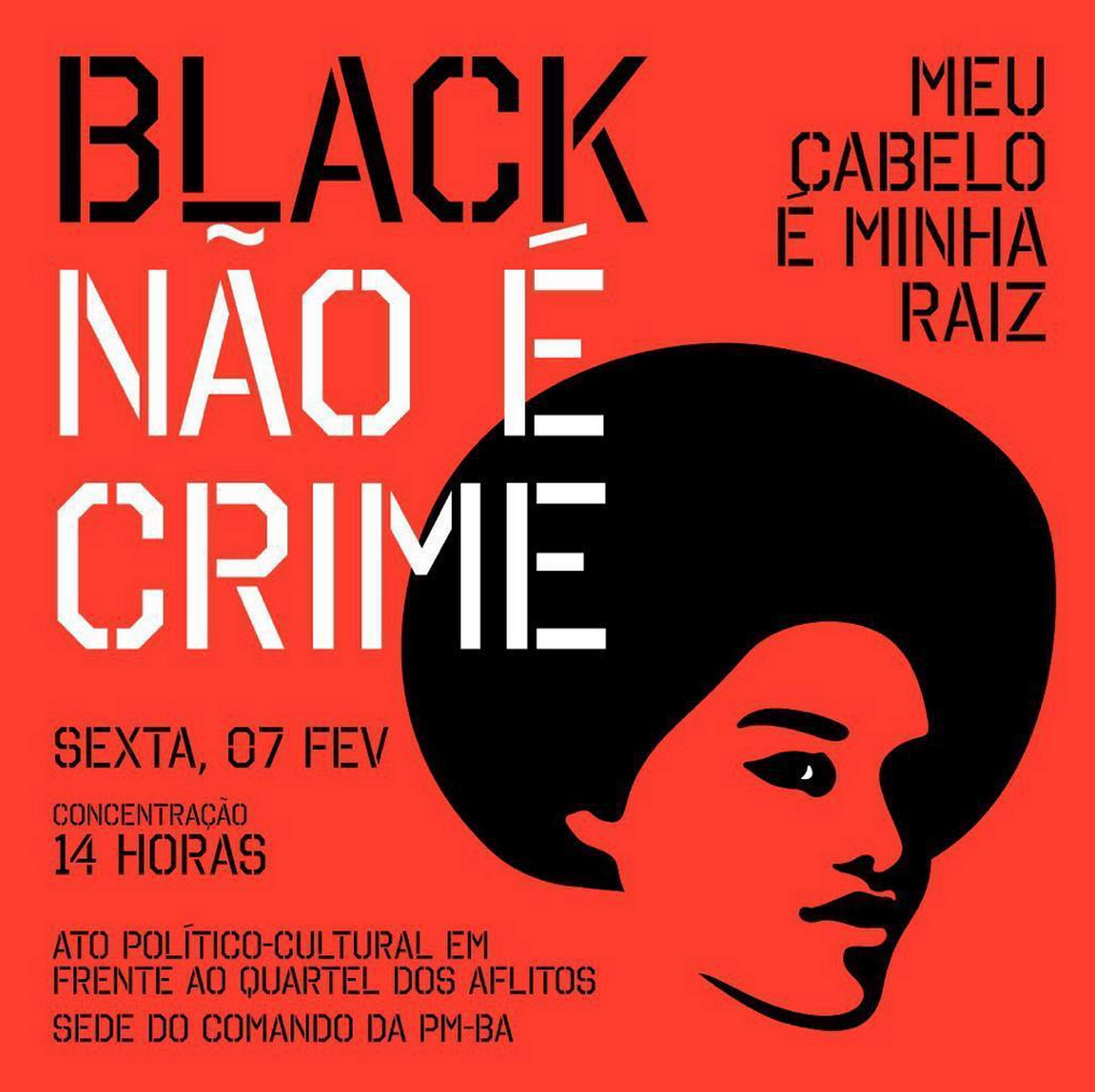
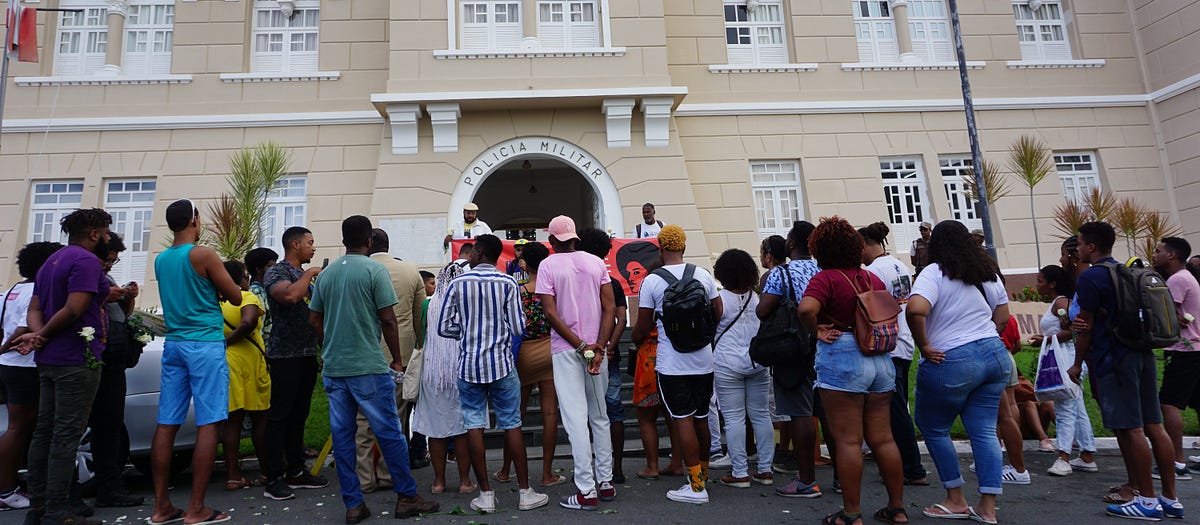
Anderson Mulatho, 26, who wore a blond Afro similar to Diego’s, attended the rally seeking an end to harassment — one with which he’s all too familiar. “Every time I walk past the police, they tell me my hair is ugly, or that I’m a bandit,” says Mulatho, a designer for his own clothing line, O Preto Rei (The Black King). Despite the unwanted attention from police and his mother’s worries, he vows to continue showing off his bright and bold hairstyles. “It hurts to keep seeing the dirty looks that you get when you have an Afro, or when you have designs in your hair,” he says. “I don’t want to live with this fear… I can be stylish with blond hair and not be a gangster.”
When a Black Brazilian man goes to a barbershop, he may give the barber a number to indicate the look he desires. Zero corresponds to a baldie. Two means to cut the hair to half an inch in length. For Black men in Brazil, the socially acceptable look is somewhere in the middle: a closely shaven head with no designs or colorful dye. It’s an appeal to the Eurocentric beauty ideals embedded in their country’s culture. Yet more than ever before, Black Brazilian men are rejecting the socially acceptable low cut. And when they embrace their natural kinks and curls, they’re often taunted by peers or persecuted by police.
“Changing your hair can mean Blacks are trying to leave the place of inferiority,” wrote Nilma Lino Gomes, a professor emeritus at the Minas Gerais Federal University (and Brazil’s former minister of racial equality), in her pioneering 2002 anthropological study of Black hair salons in the Southeastern city of Belo Horizonte. “This also leads to a sense of autonomy, expressed in the bold and creative ways of wearing hair.”
The latest Brazil census statistics show that as of 2010, White people are officially a minority: More than 55% of Brazil’s 200 million people declare themselves as preto (Black) or pardo (mixed race). The introduction of affirmative action into universities 15 years ago was an impetus of this shift, making it decidingly advantageous for students to be considered Black. So more melanated Brazilians — especially those of lighter-skinned mixed race — began to self-declare as Black.
Affirmative action also produced Brazil’s largest generation of educated Black people, most of whom were poor and previously had limited access. They started organizing university collectives; the arrival of widespread internet in the 2010s further democratized the ability for Black Brazilians to organize and access information in order to strengthen their Black identities and consciousness.
According to Guilherme Botelho, a historian, philosopher, and DJ, who recently defended his doctorate on hip-hop in São Paulo, Afro-Brazilian men have taken cues from American hair trends for decades. In the 1970s, many of these men embraced the Black American soul movement and wore Afros. In the ’80s, it was the Jheri curl. The following decade, the Michael Jordan-inspired baldie was all the rage.
As for Botelho, now 38, he began rocking a short Black power in the early 1990s, inspired by São Paulo’s booming hip-hop movement. He would travel two hours via public transportation, from the city’s westside to downtown areas in order to get his Afro shaped or his hair braided. Botelho’s parents reluctantly accepted his choice of music — and the big hair and bold clothing that came with it — assuming it was just a phase. More than anything, his father feared that his curly Afro would attract attention from the police.
“This fear [in a parent] increases the more a kid embraces Black aesthetics,” Botelho says. “You become more vulnerable. It’s in the way the police look at you.” That fear isn’t unwarranted: In the first half of 2019, Black or Brown people made up 80% of murders by Rio de Janeiro’s police. There are countless stories of innocent Black men being taken away by police, never to be heard from again.
“Brazil doesn’t allow a Black man to affirm his Blackness through style,” says Botelho, who attributes the recent diverse hair trends to a connection with African ancestry. “White people will tolerate a docile Black person who wears a style that is not exaggerated — no Black power hair, no braids, no dreads.”
Rio de Janeiro native Danilo Ribeiro, 30, has had quite the hair journey over the past 15 years. Back in 2005, he relaxed his curly (cacheado) hair, which was common for Black men back then. Yet, seeing actor Gary Dourdan’s blond mini Afro on CSI: Crime Scene Investigation inspired Ribeiro to grow and love his own natural hair, despite comments from friends and acquaintances, who would call his hair nappy (cabelo duro), ugly (feio), or compare it to steel wool (cabelo bombril). He says he attracted menacing stares from the police when he wore his hair big or braided. When he dyed his hair blond, police physically harassed him on two occasions. Still, Ribeiro takes pride in the freedom these eye-catching styles offer. “It shows that we can have any type of hair,” he says. “Blond hair is not exclusive to Whites.”
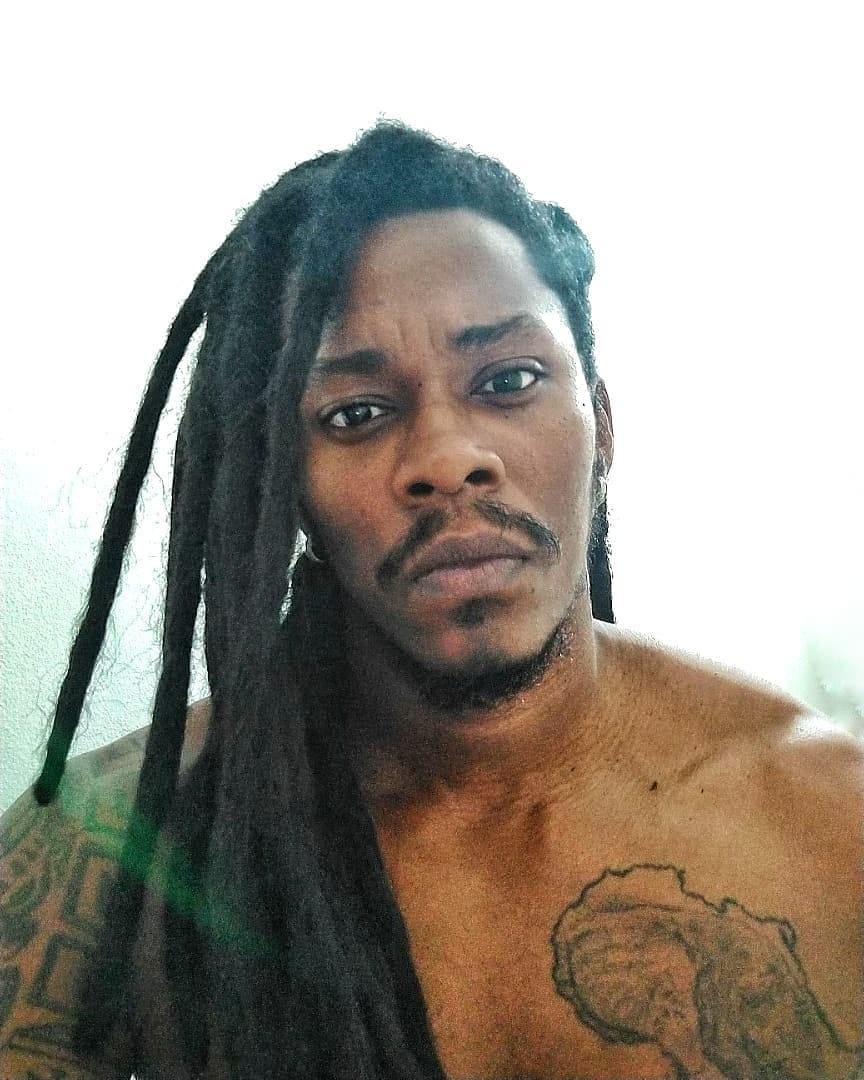
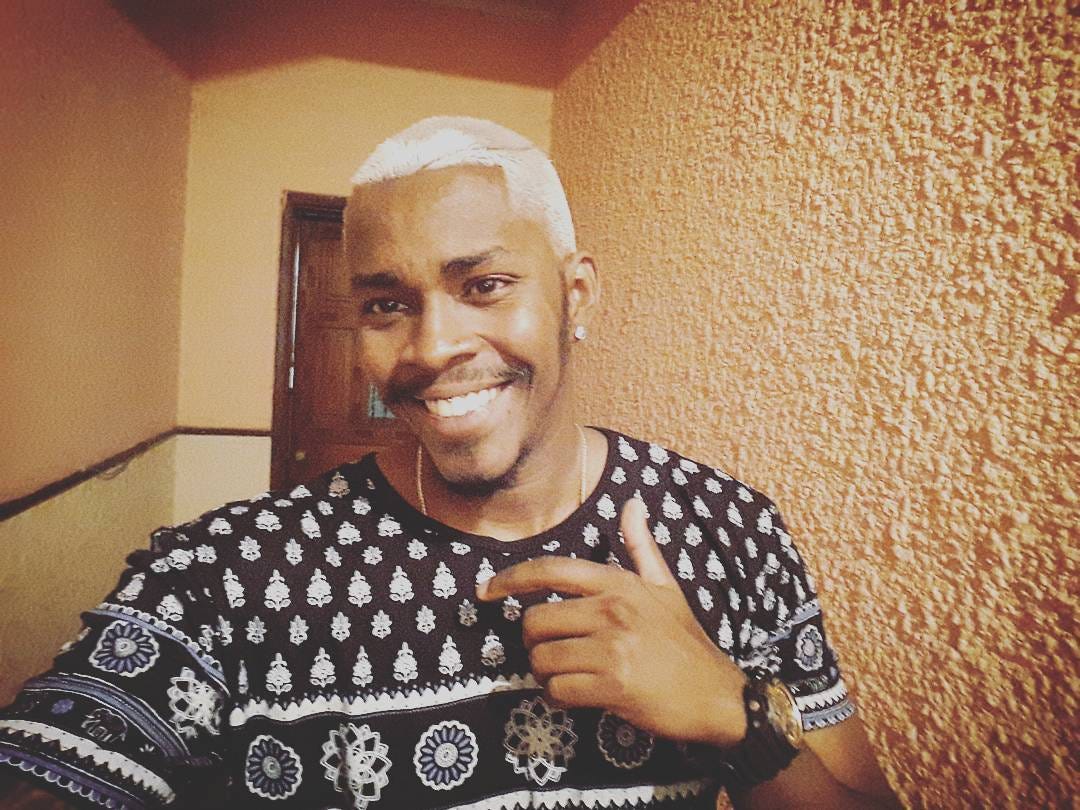
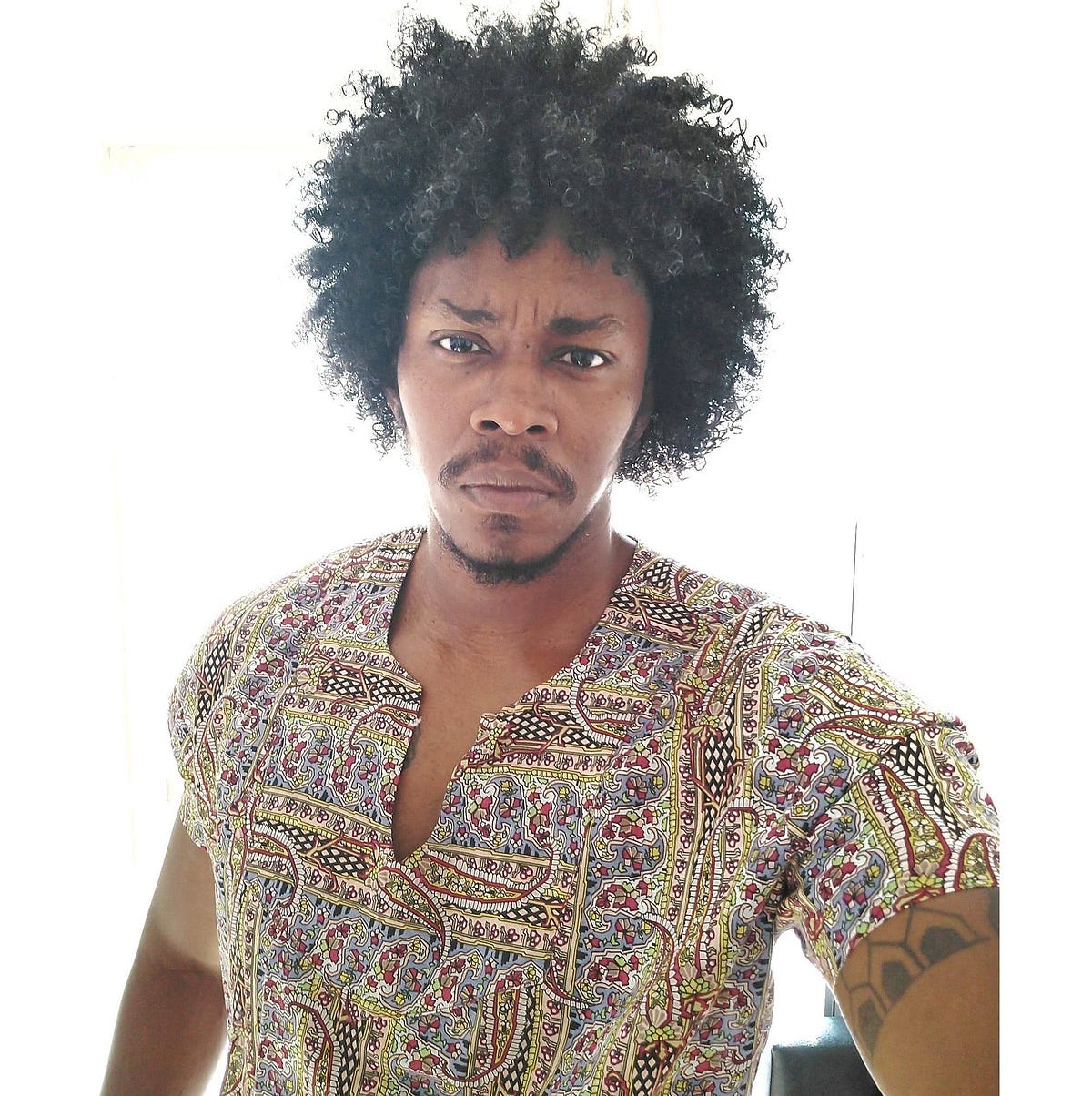
To Adilson Almeida, his own diverse hairstyles are a conscious nod to his ancestry. The 51-year-old Rio native leads an urban quilombo, a community of Blacks fighting to own the same land that their enslaved African predecessors worked. So he’s always educating the public about his African heritage, such as the fact that Black enslaved men were forced to shave in an effort to keep their heads clean during forced work, or that cornrows (trança nagô) were braided into women’s hair to represent maps of the surrounding land.
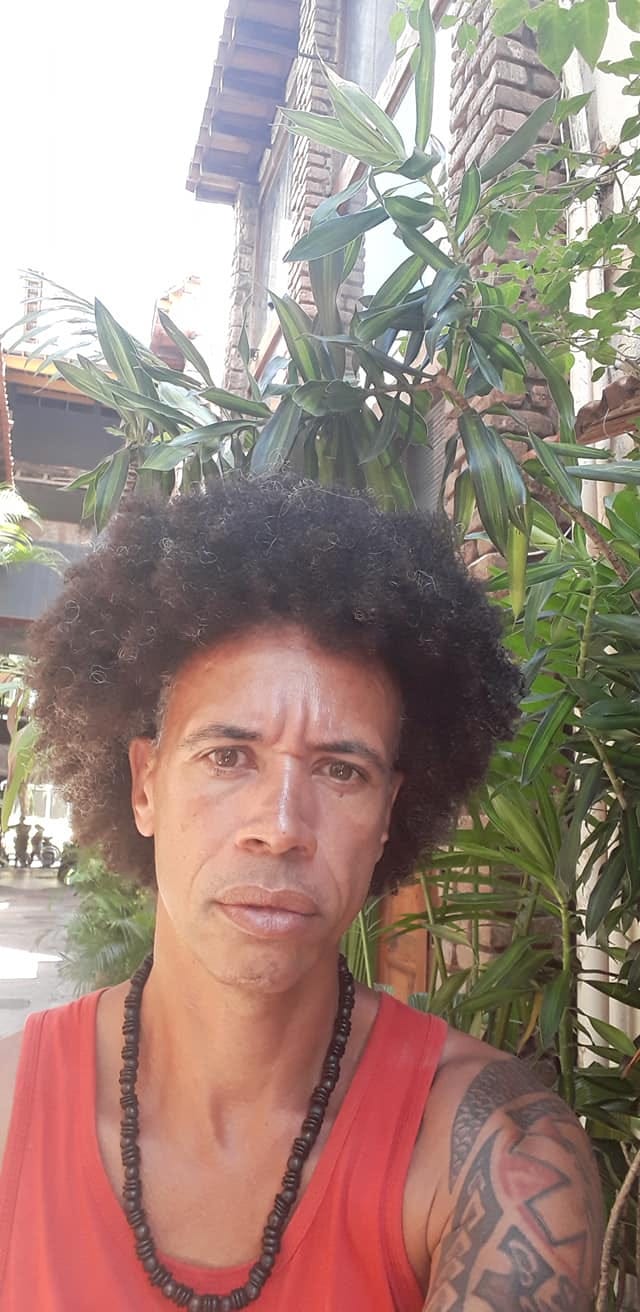
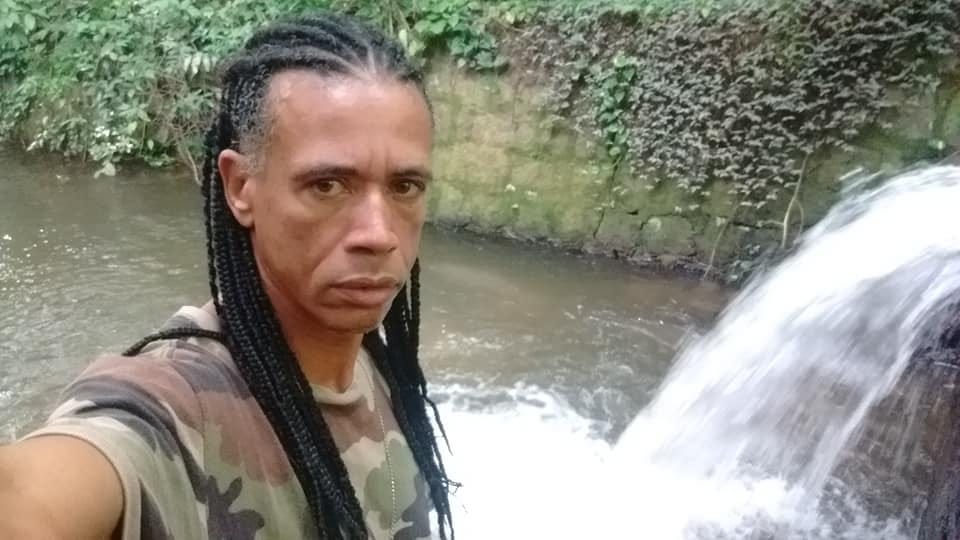
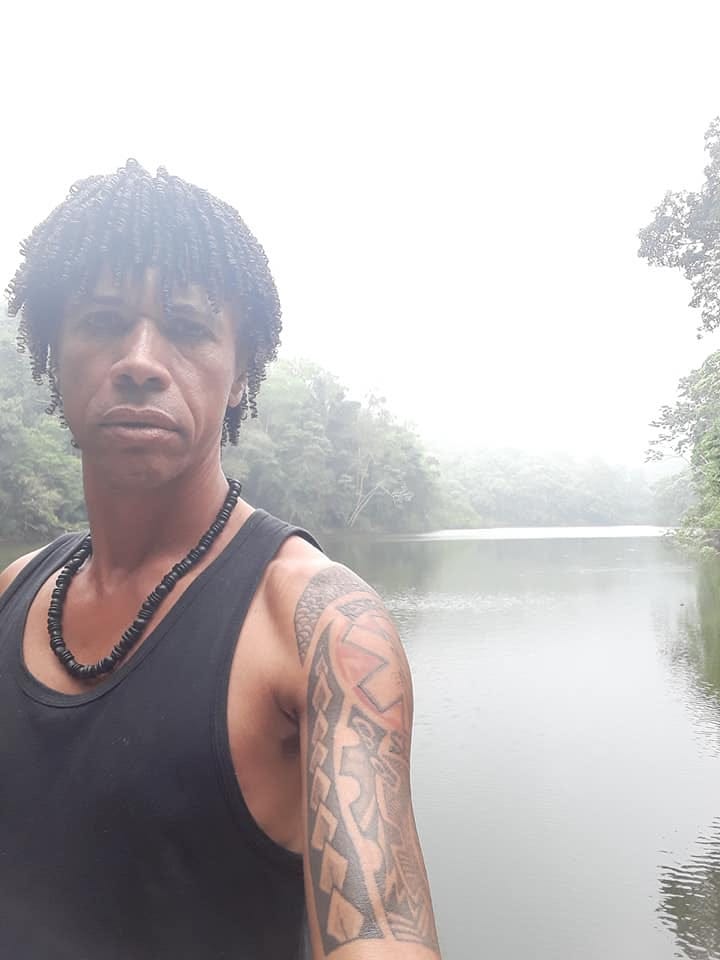
“As a Black man, I maintain these hair traditions because of their historical connections left behind by my ancestors,” Almeida says. “But I am also enjoying the benefits of this Black aesthetic: elevated self-esteem.”
Deep in the south São Paulo favela community of Jardim Ângela, Renato Oliveira’s Black Rockers barbershop features Black art and photos of Black São Paulo activists on its walls. Its opening in December 2019 marked a shift in Oliveira’s career as a barber — from years of cutting the hair of White customers in White-owned barbershops, to now targeting a Black clientele.
The 32-year-old former B-boy first enrolled in a barber class in 2015, after Brazil entered a deep recession and he found himself out of work and without competitive work skills. As the unemployment rate rose and Black Brazilians were unable to make the journey to downtown São Paulo for a pricey haircut, new shops specializing in cuts for Black folks began to sprout in outlying areas. Oliveira lucked upon a Black teacher who taught him how to cut unique styles for Black hair; since then, he has noticed Black men of all ages increasingly growing their hair out. Bigger hair, Oliveira says, makes everyone feel Blacker: “When a young man lets his hair grow, the world views him as different, and this, in turn, makes that young man start to think differently about himself.”
For Vinicius Alves, a 43-year-old product designer, embracing his natural hair came a bit later in life. “I couldn’t see myself with large hair and see a good-looking man,” says the São Paulo native. “I didn’t feel good-looking.”
His decision to grow out his hair came at the request of his girlfriend, who had recently undergone her own natural hair transition. He ditched the White barbers who only knew how to cut his hair short and began seeking out Black barbers who could style his hair. Growing his hair had the favorable effect of uplifting his 10-year-old daughter, who is light-skinned with Afro-kinky hair — a rare combination in Brazil. “I had to let my hair grow to show her that I like my hair,” he says.
In March, Big Brother Brasil dethroned American Idol to snag the Guinness World Record for the most public votes received by a television program. In the show, which capped its 20th season, contestants are confined to a house, videotaped 24 hours a day, and voted off one by one. One of this season’s most popular contestants was Babu Santana, a Black actor who grew up in a favela and has appeared in more than 70 films and shows, including the internationally acclaimed film City of God. During his time locked in the house, Santana emerged as the resident griot, explaining Black history and culture to his housemates.

Santana is a big guy with thick hair and he seems to be ostracized for that reason. One housemate refers to him as a “monster” and comments on his Afro pick (“Who combs their hair with something like [this]?”) Another calls his hair “special.” The episode sparked a social media protest. Under the hashtag #EuPenteio (“I comb”), Black men and women with curly and Afro-textured hair posted photos proudly displaying their Afro picks.
During a tense moment in which he was nearly voted off the show, one White contestant asked him why he wore the Afro pick. “It [represents] Black empowerment,” he responded. “In the past, you couldn’t grow your hair out because it was looked at as dirty, something ugly, or subversive. When you grab a comb and comb out your Afro, the Afro is the crown — and the comb is freedom.”